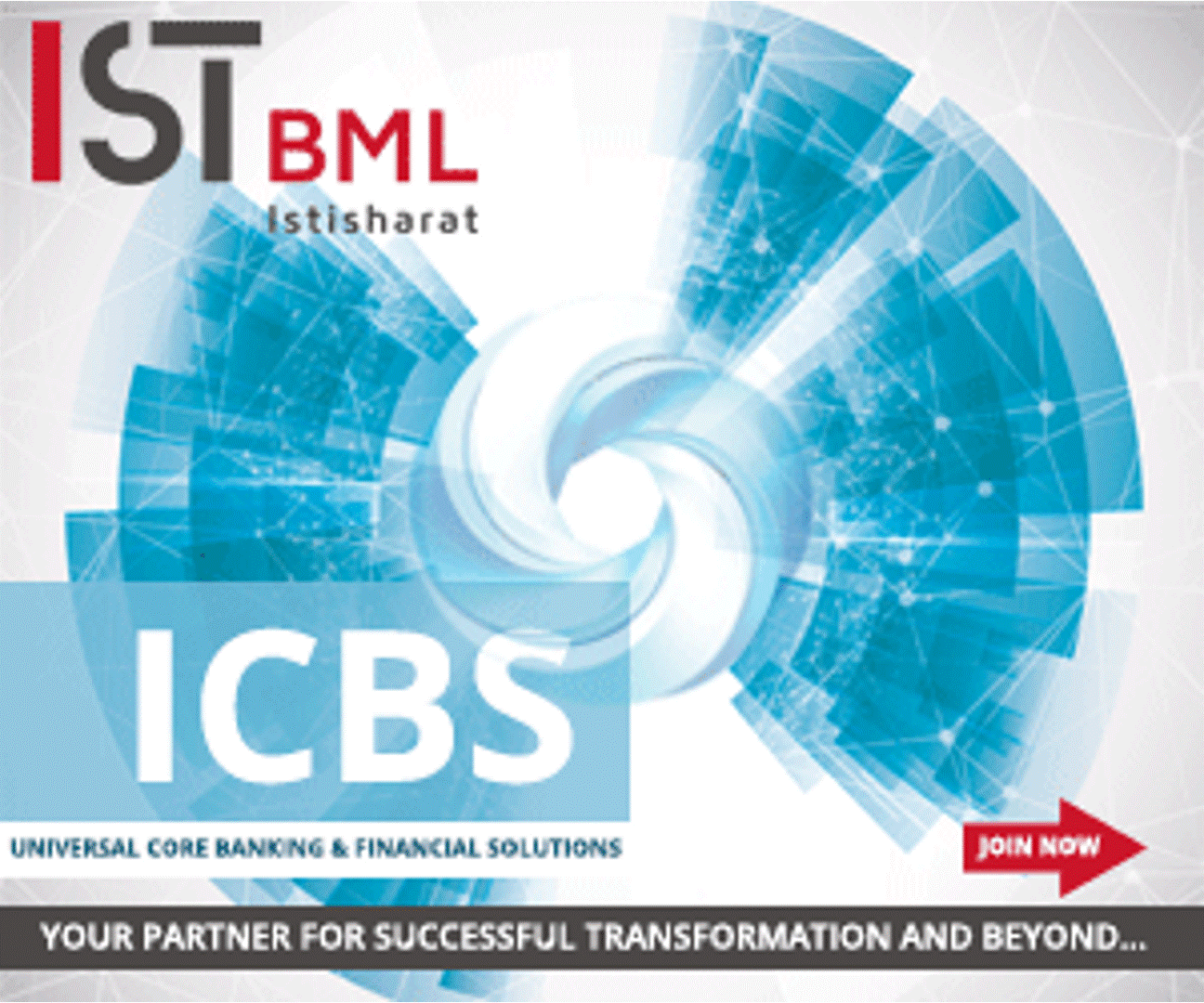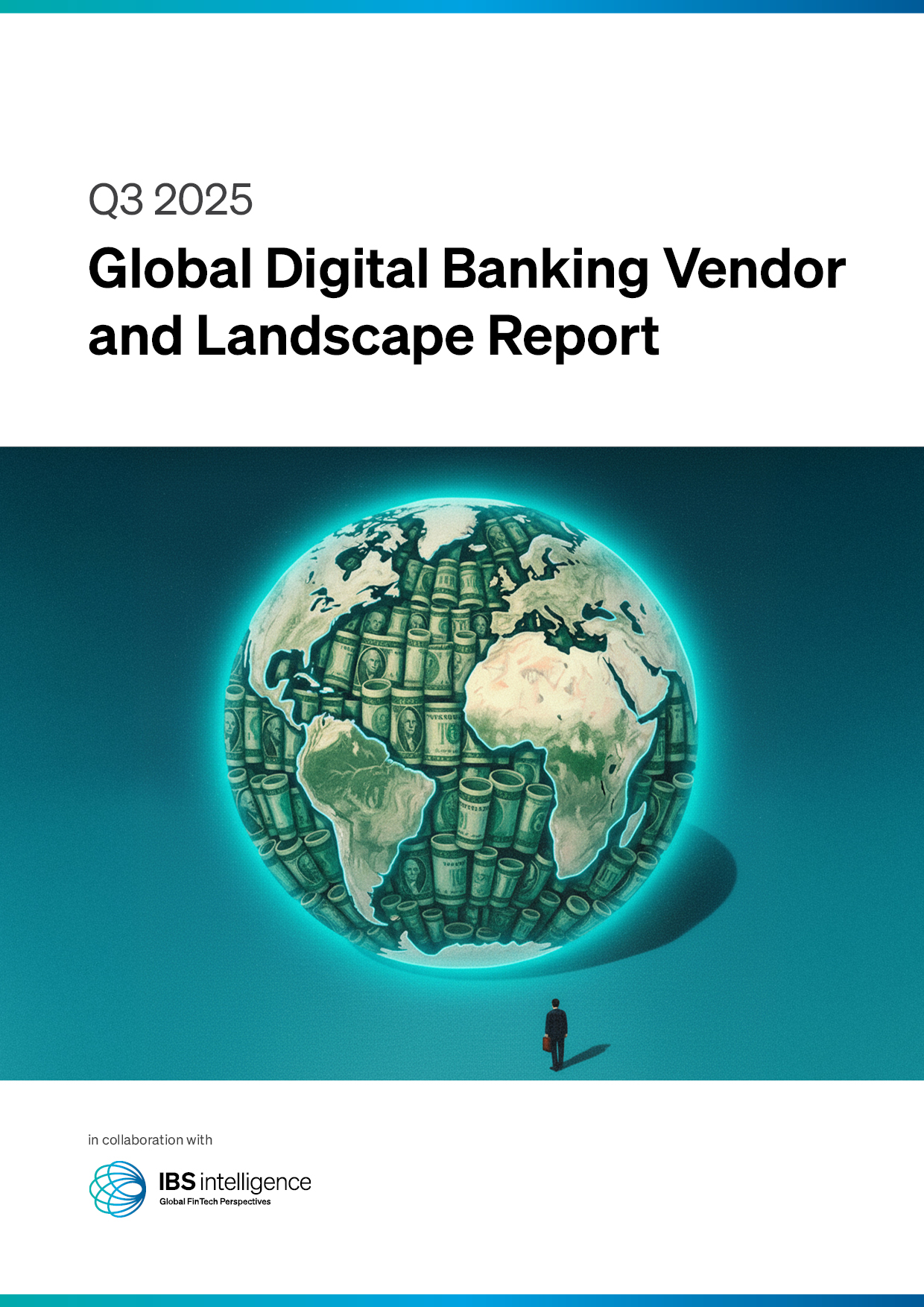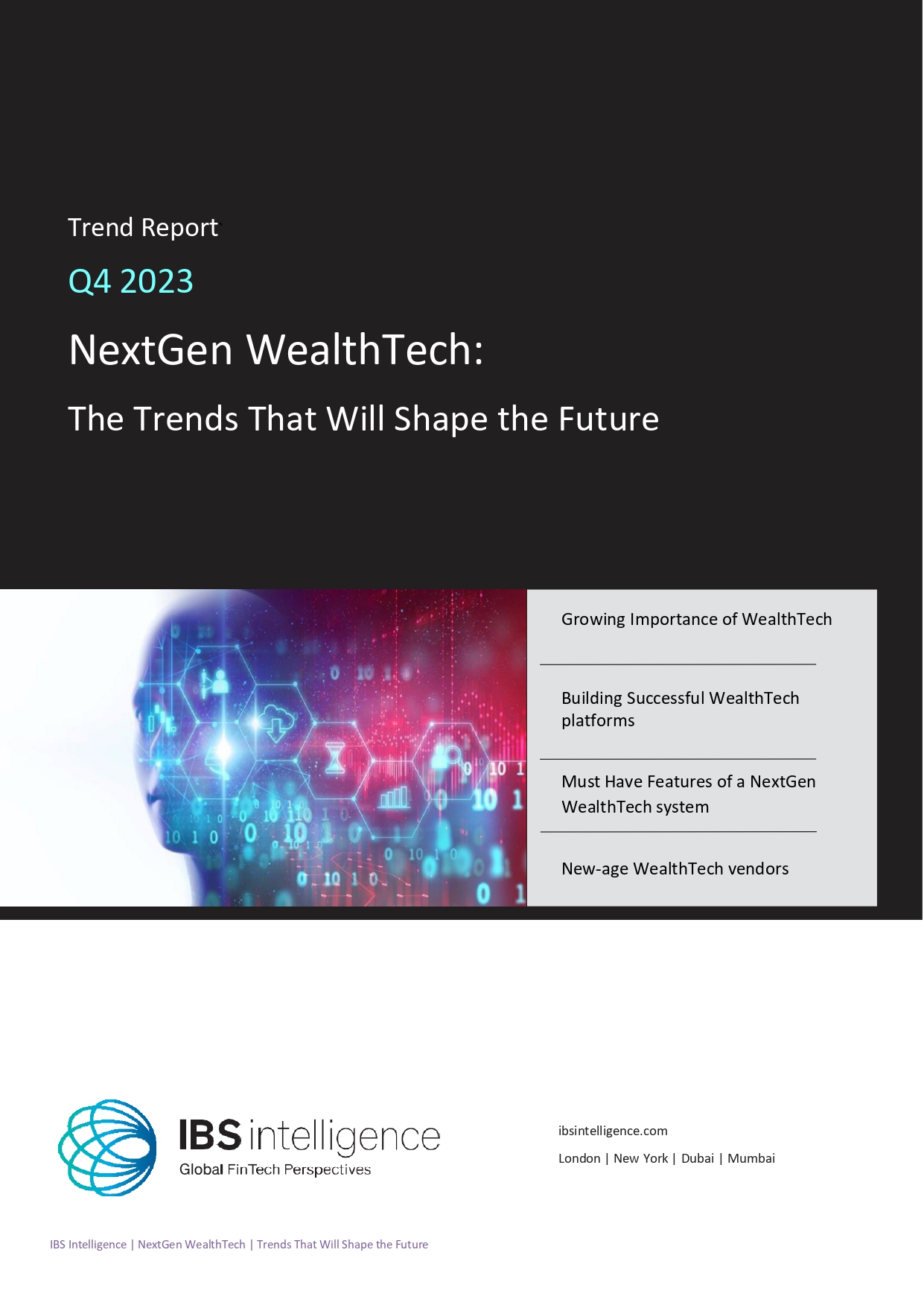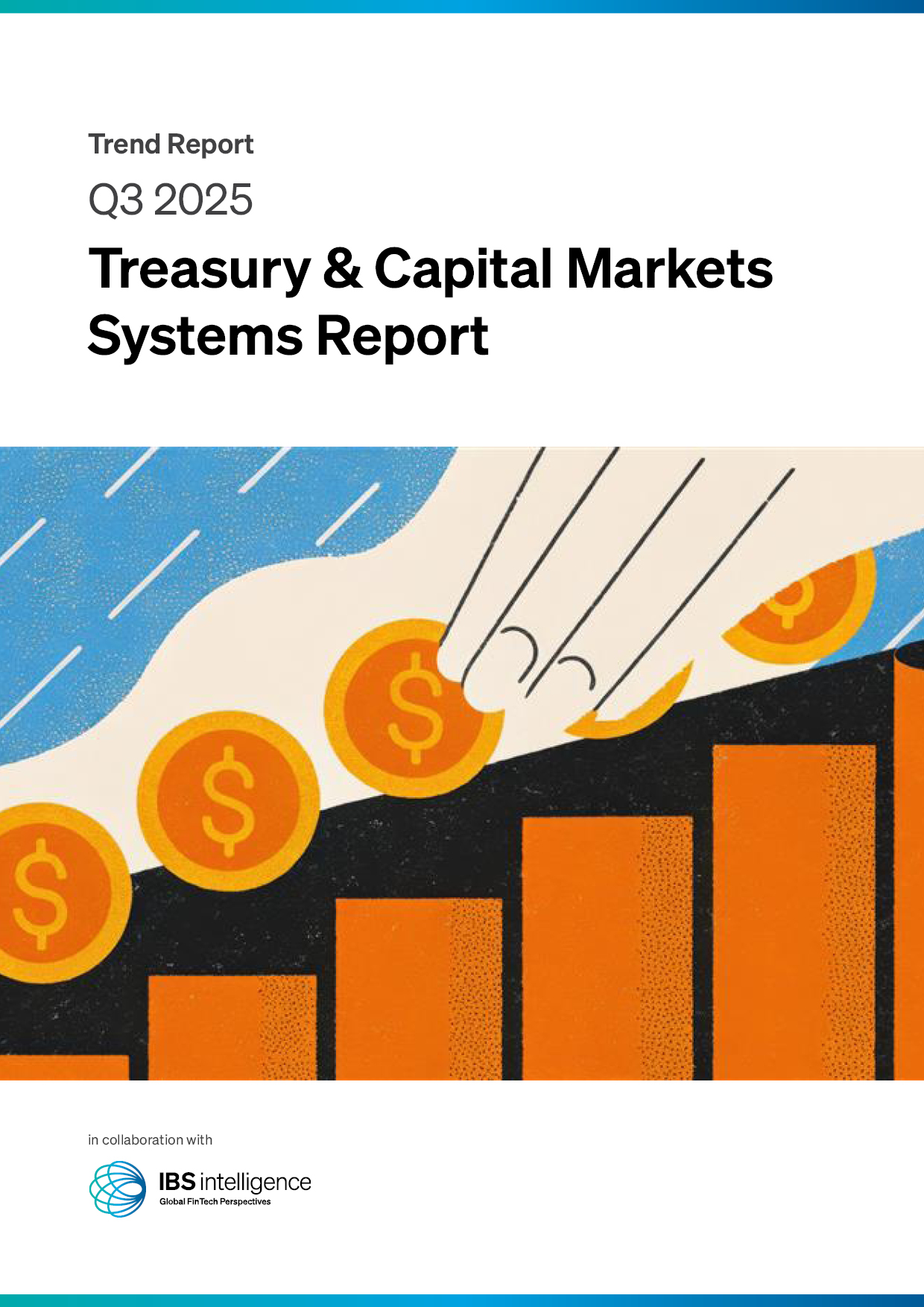 Back
Back
Here’s how FinTechs are enabling financial inclusion in rural India
By Puja Sharma
In India, there is a huge untapped economic potential as around 20% of the population is still unbanked. Emerging FinTechs in the country can drive financial inclusion by making banking simpler, user-friendly, and cost-effective with the help of evolving technology for the diverse population.
FinTech firms in India are more innovative, nimble, and cost-effective than traditional banks. With the regulations such as the UPI, Adhaar, and APIs, the government has facilitated preliminary work for the FinTech industry to provide innovative and flexible digital banking.
Here’s how they can take the initiative:
As per a paper published by World Bank, extreme poverty in India declined to 10.2% in 2019, from 22.5% in 2011. The paper also put forth that the reduction in abject poverty in rural areas was more pronounced than in urban areas. Another paper by the International Monetary Fund (IMF), which studied the reduction of extreme poverty in India during the first COVID-19 wave, attributed this decline to financial inclusion initiatives.
The government has been actively pushing for financial inclusion with measures like Pradhan Mantri Garib Kalyan Yojana, and Pradhan Mantri Jan Dhan Yojana with more than 43 crore basic bank accounts, have contributed greatly to this downward trend. However, accessing these bank accounts is still a challenge in underserved rural areas where ATM penetration is dismal with one on an average for every 10 villages.
Advancing a cashless society
FinTech advancements provide quick and secure digital payment methods, providing financial services to those in the most remote parts of the country–Companies may utilise AI to swiftly authenticate and transfer digital payments. Online payment methods offer greater flexibility, convenience, and ease, making vital goods and services more accessible to all. Customers can, for example, book LPG cylinders or pay utility bills from the convenience of their own homes.
Increasing credit availability
FinTechs, unlike traditional banks, require very little paperwork to lend. This simplifies and expedites borrowing from them. FinTech firms also utilise AI to analyse the risk of customers with little or no credit history, based on factors such as income and spending patterns.
This provides microfinancing services to small-ticket borrowers and local businesses for crucial purchases and capital projects. Being the world’s second-largest active internet user population, Indian Fintech companies can now access rural places where physical bank branches are not possible due to rising internet penetration and online banking capabilities. FinTech companies enable people in rural places or low-income, unbanked individuals to save, grow their money, and take advantage of government programs and assistance by offering access to even basic products or services, such as savings instruments or loans.
Speed and conformity in innovation
FinTech companies have fewer compliance requirements and commitments than their traditional counterparts, such as capitalization, identification verification, and consumer grievance redress.
To promote digitisation and minimise client acquisition expenses, the Reserve Bank of India (RBI) permitted fintech companies to use eAadhaar authentication and video know your customer (KYC). FinTech firms can quickly roll out new features and products by putting them through their paces in safe sandboxes while ensuring compliance with government rules and data protection. FinTech companies can now offer innovative products and services in a more timely and secure manner.
IBSi FinTech Journal
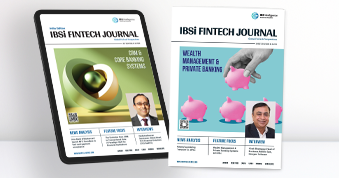
- Most trusted FinTech journal since 1991
- Digital monthly issue
- 60+ pages of research, analysis, interviews, opinions, and rankings
- Global coverage


